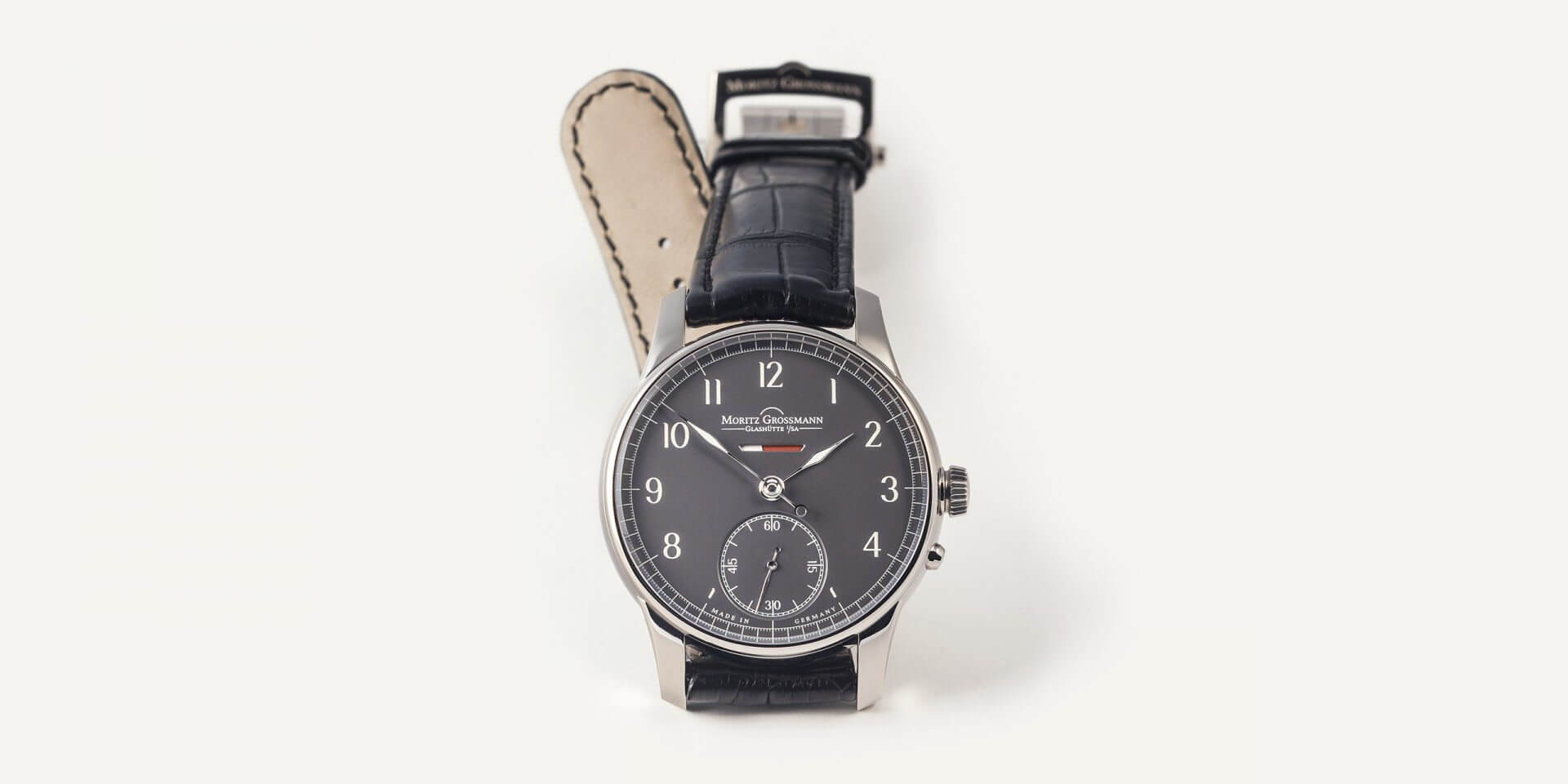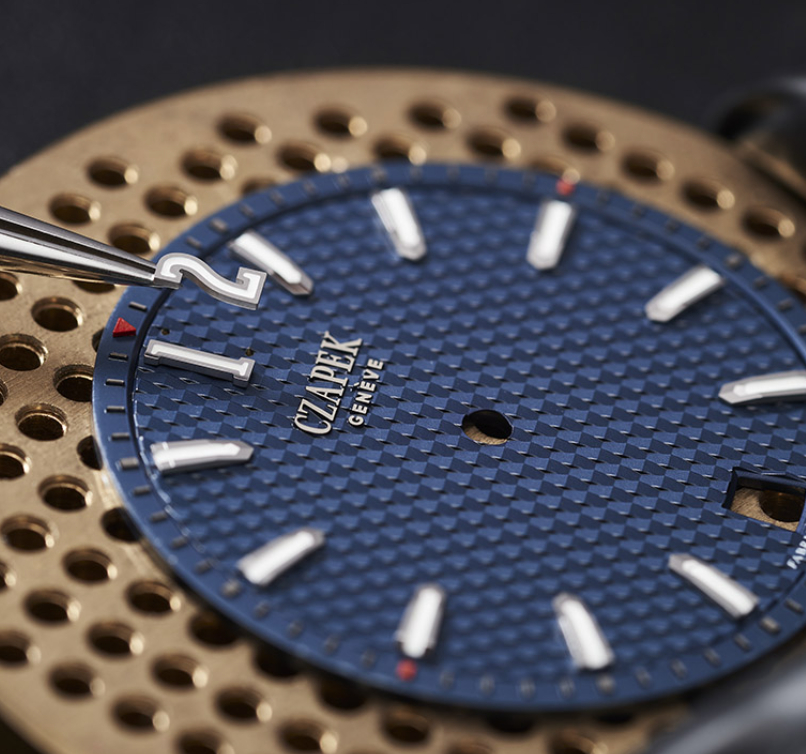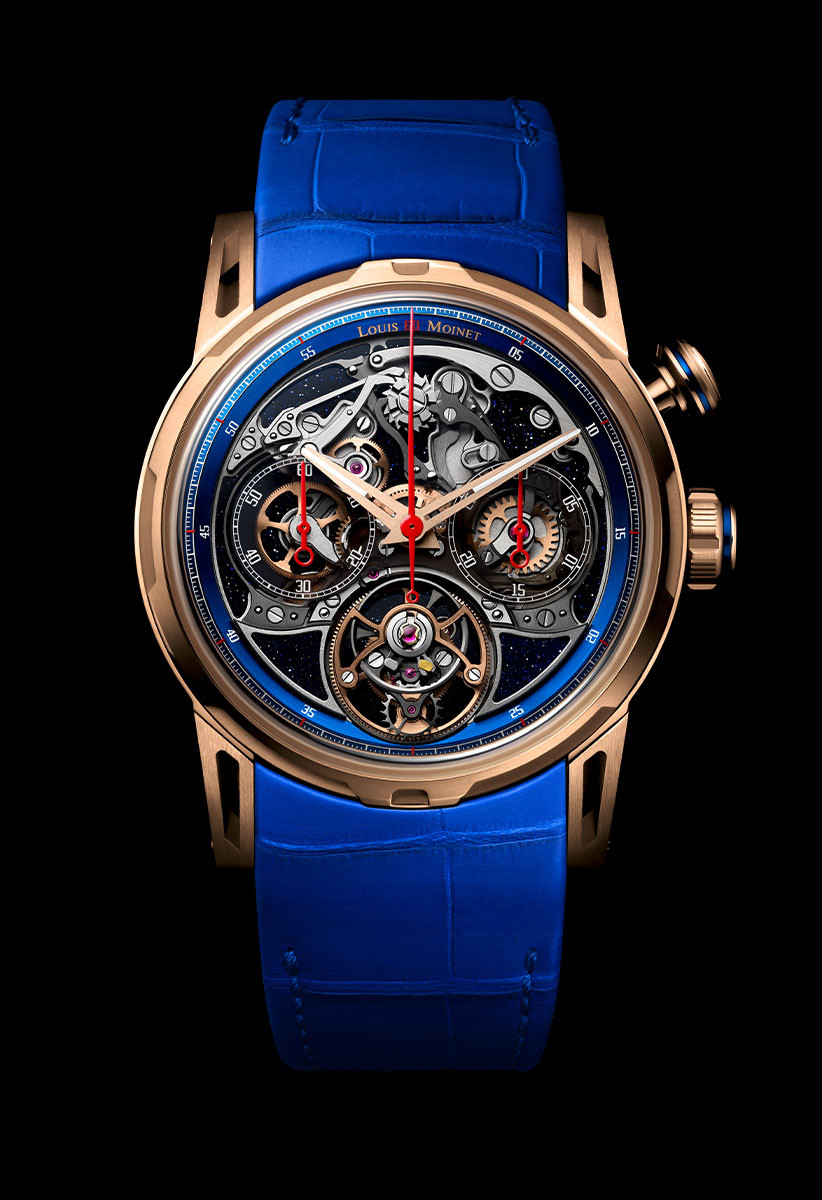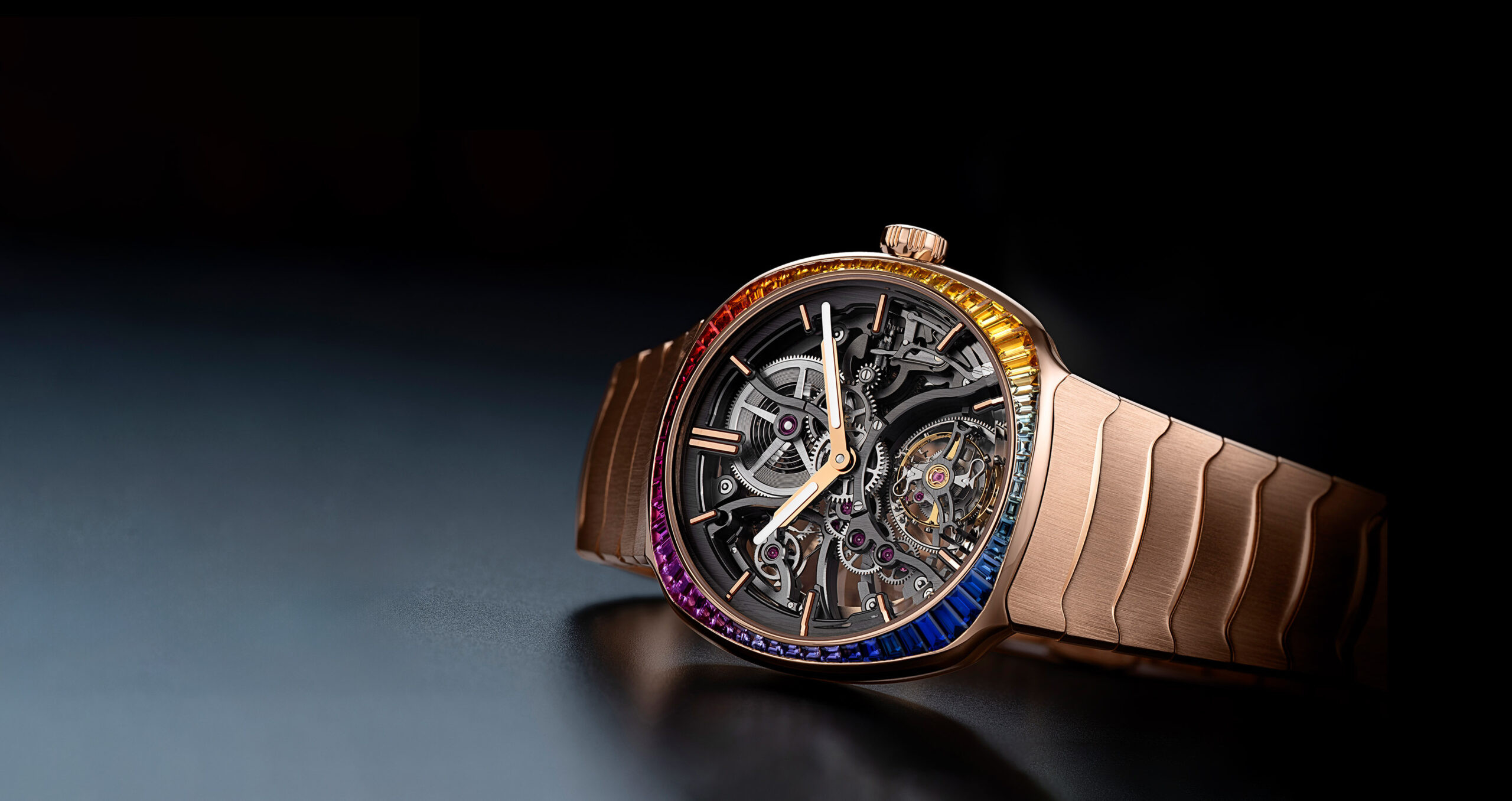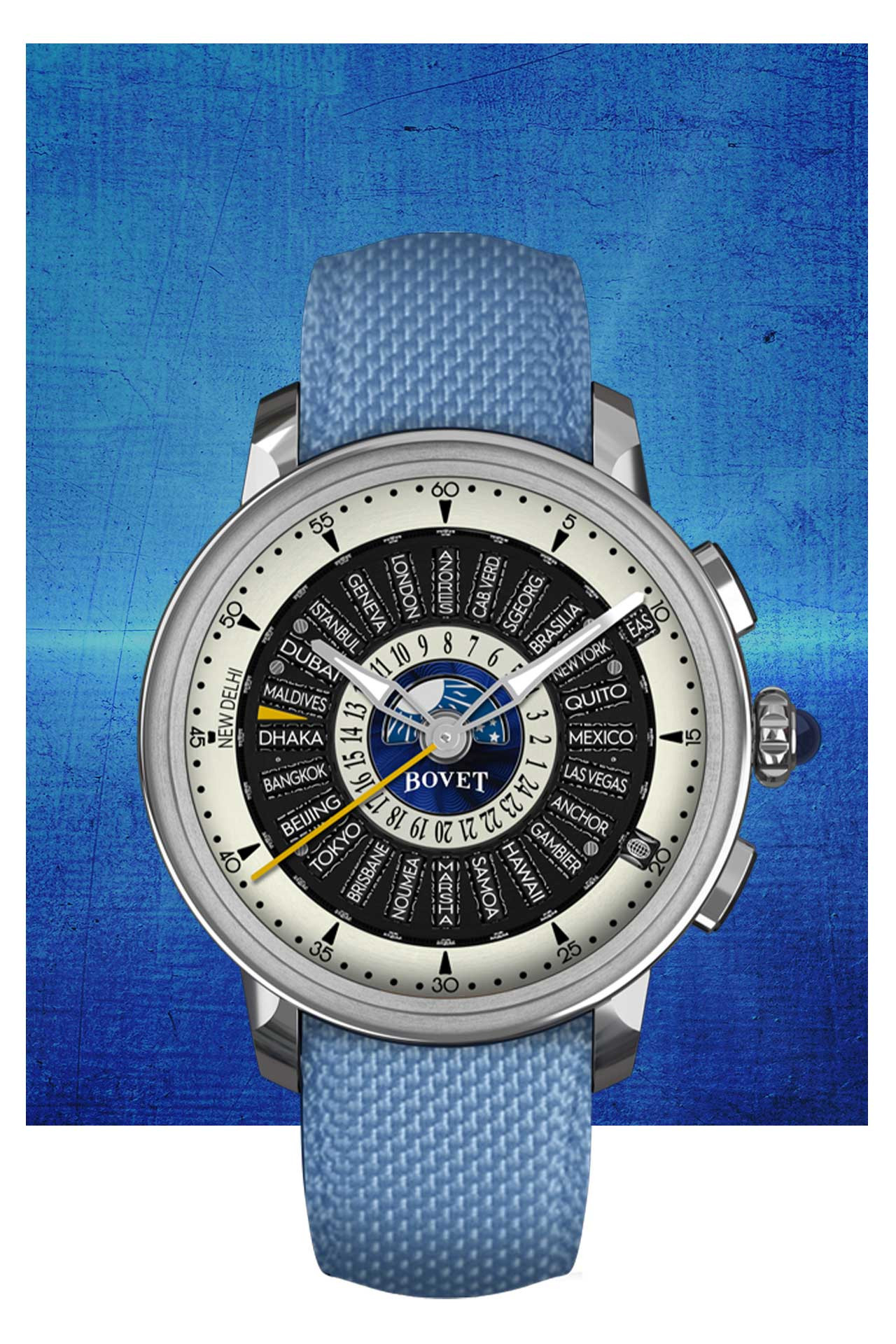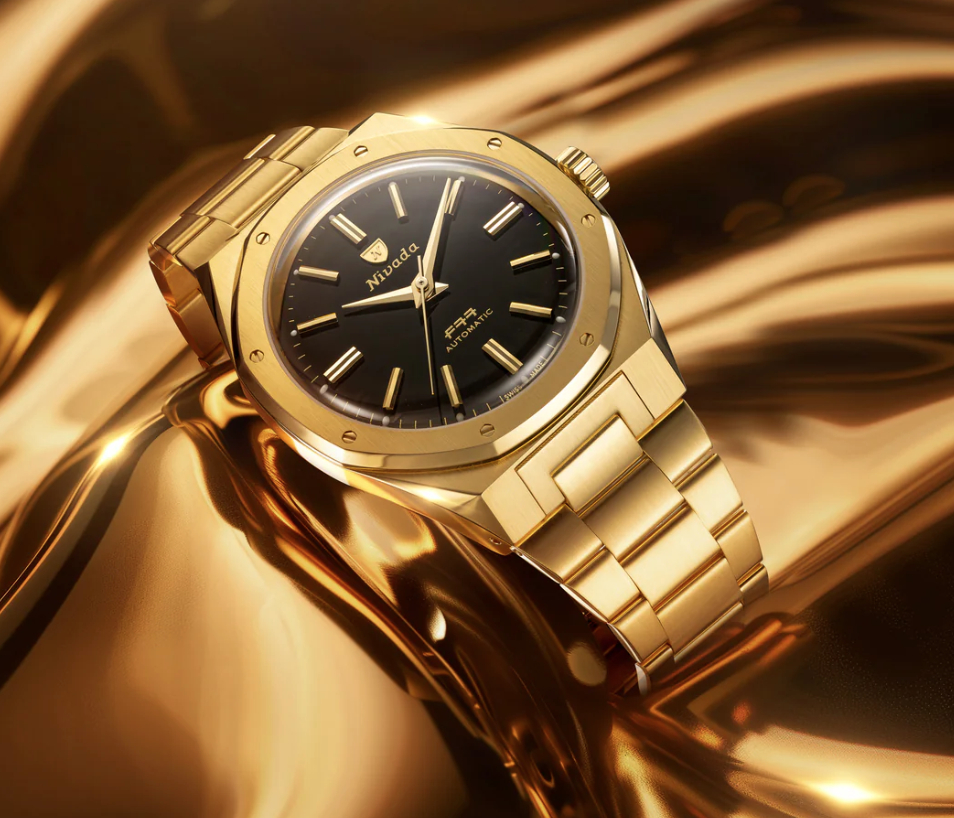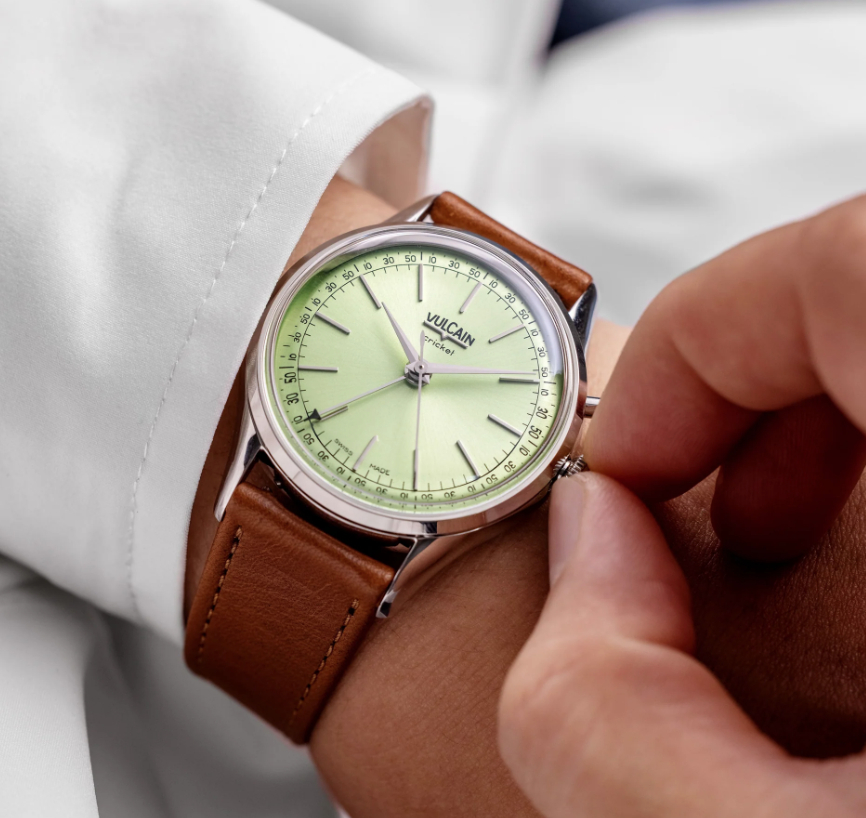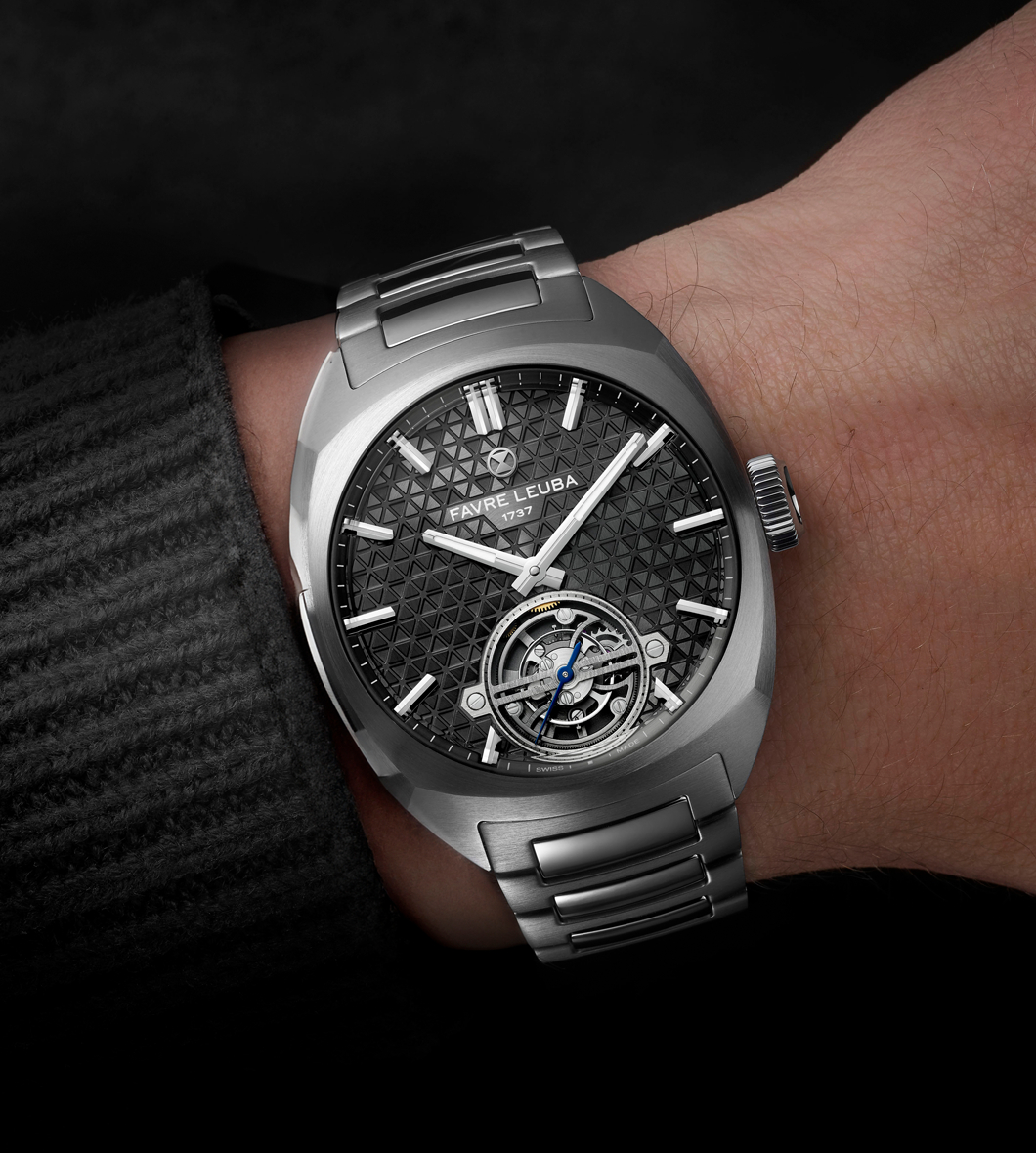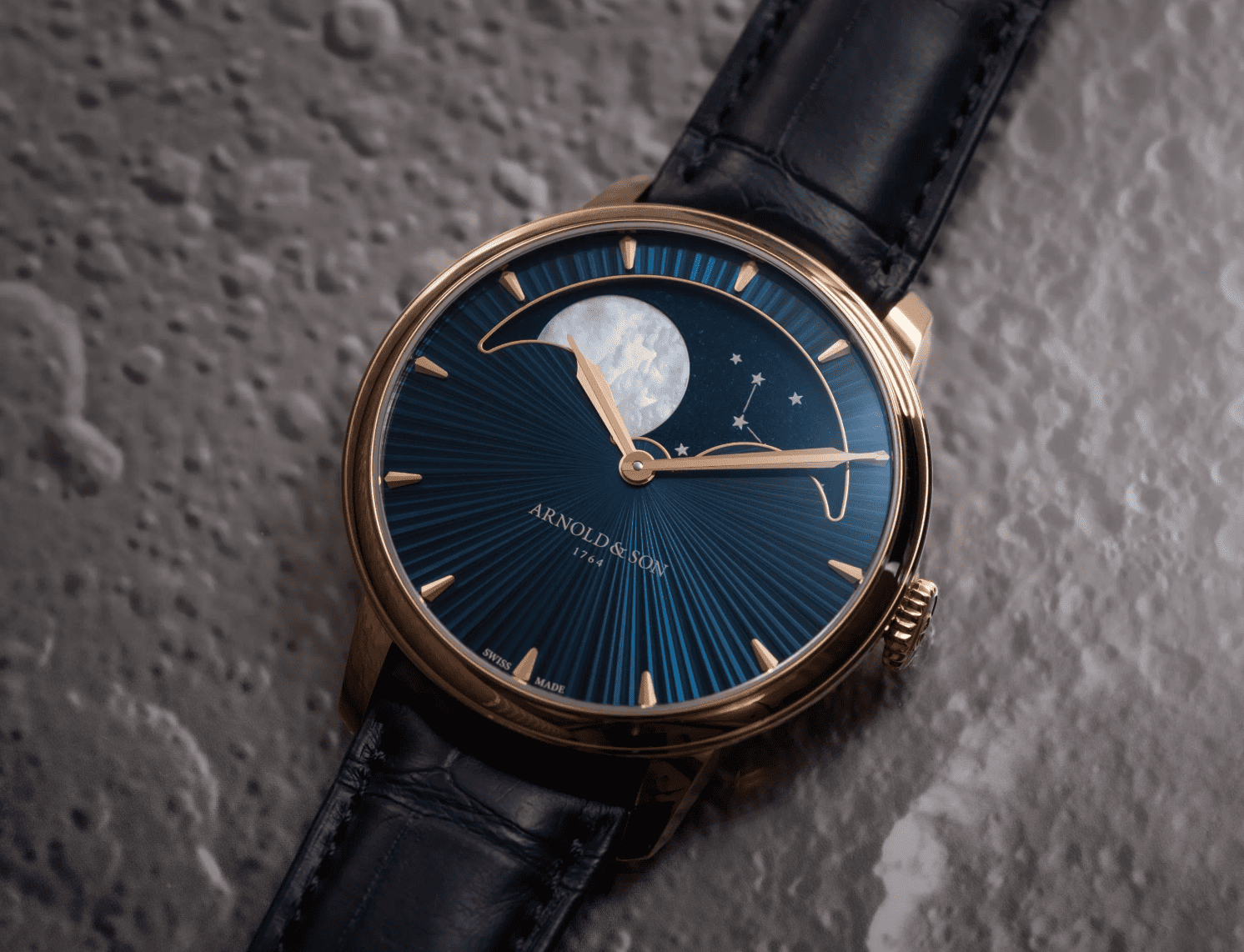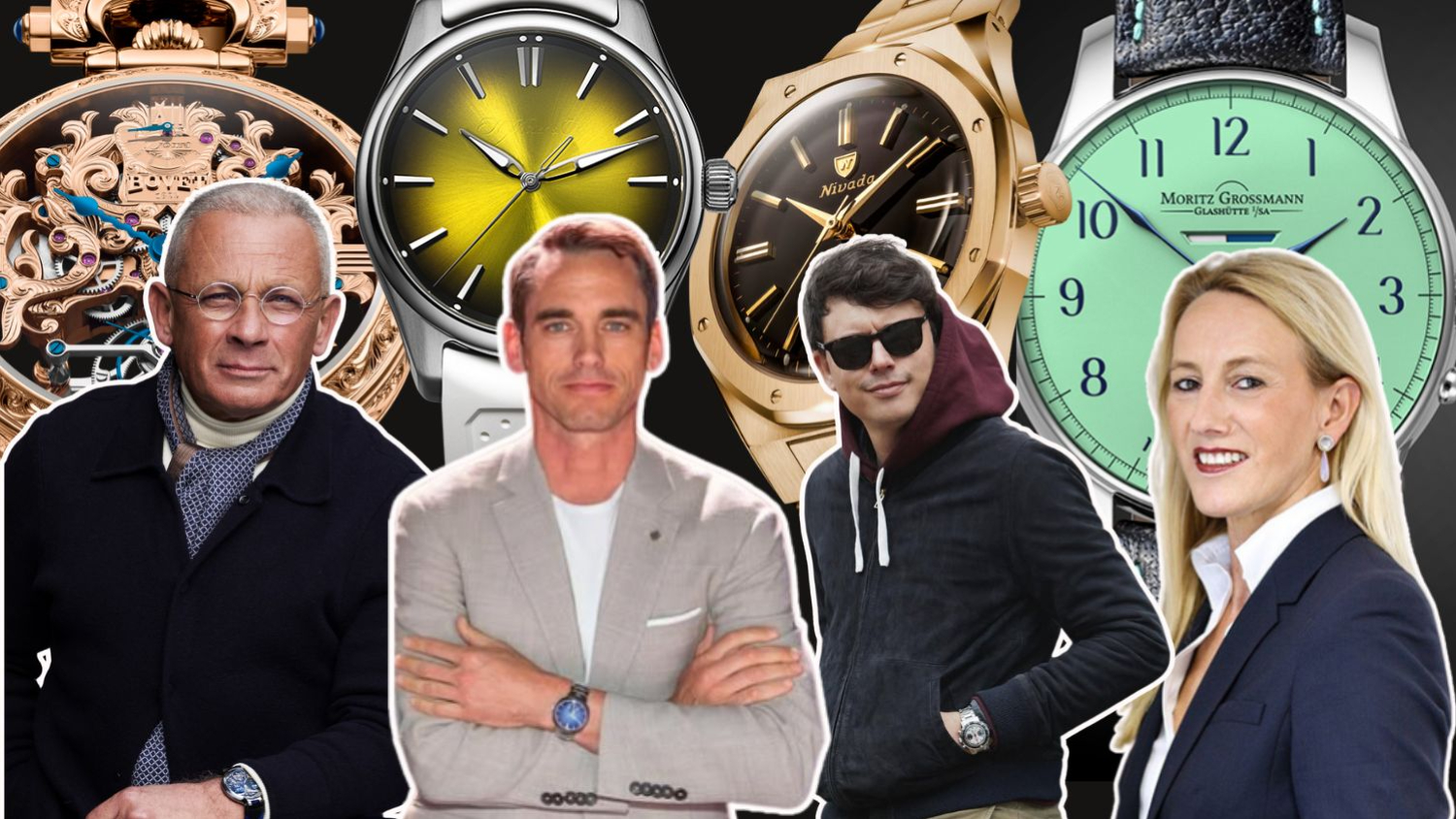Bovet was registered as a family business in 1822 in London, after Edouard Bovet, son of watchmaker Jean-Frédéric Bovet, sold four watches in Canton worth CHF 10,000, while on a voyage to China in 1818. Bovet made the transparent caseback famous worldwide and Edouard Bovet is recognized as the founder of the clear casebacks exposing the Bovet movement. The brand produced many high-end timepieces, majorly capturing the Chinese market with special pieces for the Chinese elite, and at the Universal Exhibition held in Paris in 1855, BOVET won the gold medal in the category ‘luxury’ for a pair of enameled watches commissioned by the Emperor of China. In 1849, Edouard Bovet died in Fleurier, Switzerland, at the age of 52. After Edouard’s death, in 1957, his family gifted the Castle of Môtiers (home of Bovet) to the state of Neuchâtel.
Cut to 2001, Pascal Raffy, a passionate collector of haute horology, became sole owner of BOVET Fleurier SA after purchasing Castle of Môtiers from the State of Neuchâtel, and established the first BOVET’s assembly workshop. And the brand has been alive and well since then, innovating horology through the years.
Today, the brand has collections like the Fleurier, a contemporary tribute to the pocket watches, with BOVET’s unique crown and bow at 12 o’clock; the Dimier collection that features the crown in a contemporary configuration at 3 o’clock; BOVET by Pininfarina, that offers limited edition timepieces created by the two houses (the House of BOVET and Pininfarina established a partnership in 2007).
Nivada Grenchen
Nivada Grenchen was founded by Jacob Schneider in 1926 in the small town of Grenchen, Switzerland. It rose to prominence after World War II, especially during the 1950s and '60s, with iconic tool watches that resonated with explorers, divers, and aviators alike. Nivada created timepieces such as the Chronomaster Aviator Sea Diver, a hybrid that combined chronograph, dive, and aviation watch functionalities in one. It was an instant hit among professionals and enthusiasts, hailed for its rugged utility and stylish mid-century design.
Another standout was the Antarctic, launched to commemorate the U.S. Navy’s Deep Freeze mission to the South Pole in 1955. These models established Nivada as a serious player in the sports watch segment. However, like many other mechanical watchmakers, Nivada Grenchen fell victim to the Quartz Crisis of the 1970s and quietly disappeared from the mainstream watch market, its name kept alive only by vintage collectors and auction listings.
Cut to 2018, Guillaume Laidet, a young French entrepreneur and vintage watch enthusiast (and the current chief brand officer), and cofounder, Rémi Chabrat embarked on a mission to revive this brand. Recognizing the cult appeal of Nivada’s original designs, Laidet collaborated with the original brand owners in Switzerland and set about relaunching Nivada Grenchen with a sharp focus on authenticity and heritage. By 2020, the revival was official, with faithful reissues of the Chronomaster Aviator Sea Diver and Antarctic, made with modern specs but vintage aesthetics, including domed crystals, classic typography, and modest case sizes under 40mm.
Today, Nivada Grenchen thrives as a darling of the neo-vintage watch community, known for preserving mid-century charm while embracing 21st-century quality. Limited editions, collaborations with watchmakers and design studios, and accessible pricing have made Nivada Grenchen a cult brand once again.
Vulcain
Vulcain was founded in 1858 in La Chaux-de-Fonds, Switzerland, by Maurice Ditisheim, a skilled watchmaker. The brand quickly earned a reputation for crafting precise and elegant timepieces, but it was in 1947 that Vulcain made history. That year, Vulcain introduced the world’s first truly functional mechanical alarm wristwatch: The Cricket. The alarm was loud, reliable, and practical, qualities that made it a favorite among US Presidents, earning it the nickname ‘The Watch for Presidents’. Harry S. Truman was the first American president to wear a Vulcain Cricket, a tradition followed by Eisenhower, Nixon, and Lyndon B. Johnson.
Despite its early prestige, Vulcain, like many traditional watchmakers, struggled during the Quartz Crisis. Vulcain eventually faded from public attention, though it remained quietly revered among vintage collectors and connoisseurs.
Cut to 2001. Vulcain began its journey of revival under new leadership again under Guillaume Laidet, with a focus on honoring its roots while adapting to modern horological standards. In 2002, the Cricket was reissued, faithful to its original spirit, but upgraded in mechanics and design. In 2009, Vulcain made a bold move by creating its own in-house movements again, re-establishing the manufacturer's technical credibility. The V-10 and V-21 calibers powered modern iterations of the Cricket, reinforcing Vulcain’s legacy as a pioneer of the alarm complication.
Today, its collections include Cricket Presidents’ Watch, a modern heir to the original; Nautical Heritage, a diver’s alarm watch first introduced in 1961 and beloved for its bold design and underwater utility; the Skindiver Chronograph, inspired by the Skindiver Nautique, a 1960s model.
Favre-Leuba
Favre Leuba’s legacy dates back to 1737, when Abraham Favre became an independent watchmaker in Le Locle, Switzerland. By the 19th century, the brand was already exporting to distant markets, including Brazil, Chile, India, and the Middle East. Favre Leuba became the first Swiss watch brand to enter India in 1865 and launched some of the house's popular timepieces here. Favre Leuba was also known for technical innovation, producing groundbreaking timepieces like the Bivouac in 1962—the first mechanical wristwatch with an altimeter and aneroid barometer—and the Bathy in 1968, the first mechanical watch capable of measuring depth.
However, like many Swiss watchmakers, Favre-Leuba struggled during the Quartz Crisis of the 1970s. Ownership changed hands multiple times, and the brand faded into obscurity through the late 20th century, despite its iconic legacy and name recognition in markets like India.In the 1980s, the company was sold to Benedom SA, who passed it to LVMH (Louis Vuitton Moët Hennessy), followed by Titan Co Ltd (then Titan Industries Ltd) in 2011.
Recently, the brand has been resuscitated under the CEO and Chairman Patrik Hoffmann, with 22 new creations, across three lines—Chief (land), cushion-shaped watches that reimagine a collection from 1970; Sea Sky (air), which has a strong focus on chronographs: and Deep Blue (sea), originally launched in 1964 and a testament to the brand’s diving legacy. The brand’s latest release is its first ever tourbillon watch, Chief Tourbillon.
Arnold & Son
Arnold & Son’s roots go back to the 18th century, when English watchmaker John Arnold rose to prominence for his pioneering work in marine chronometers—precision instruments crucial to naval navigation. Born in 1736, Arnold became the trusted horologist of King George III and earned a global reputation for his technical mastery. His friendship and rivalry with Abraham-Louis Breguet led to shared innovations that shaped modern horology. Arnold was the first to use the term "chronometer" and introduced several game-changing inventions such as the overcoil balance spring and the detent escapement.
After John Arnold’s death in 1799, the company carried on under his son, John Roger Arnold, maintaining a focus on chronometry and precision. But with time and changing tastes in watchmaking, the brand quietly faded into the backdrop of horological history. After the death of John Roger Arnold, Arnold & Son was continued by Charles Frodsham, a renowned English watchmaker, until the middle of the 19th century. By 1995, the British Masters in Timekeeping relaunched Arnold & Son in Switzerland. The modern Arnold & Son combines English watchmaking heritage with Swiss precision, operating out of La Chaux-de-Fonds, Switzerland.
In 2010, the brand became part of La Joux-Perret, a high-end movement manufacturer, giving Arnold & Son the advantage of complete in-house movement development and was later sold to Japanese Citizen Group.
Today, Arnold & Son offers collections that echo its historic roots: Perpetual Moon and Luna Magna collections displaying moon-phase timepieces; Collections like Longitude and HM integrating chronometers; Globetrotter and Double-Tourbillon world timers.
Doxa
Doxa was founded in 1889 in Le Locle, Switzerland, by Georges Ducommun, a 21-year-old watchmaker. The brand gained early recognition for its high-precision timepieces and automobile dashboard clocks, even supplying them to Bugatti in the early 20th century. But it was in 1967 that Doxa revolutionized the dive watch industry by launching the Doxa Sub, a professional-grade diving watch developed in collaboration with diving legend Jacques-Yves Cousteau and his team. The Sub was the first commercially available diving watch with an orange dial (for better underwater visibility) and a unidirectional bezel with the US Navy’s no-decompression dive table.
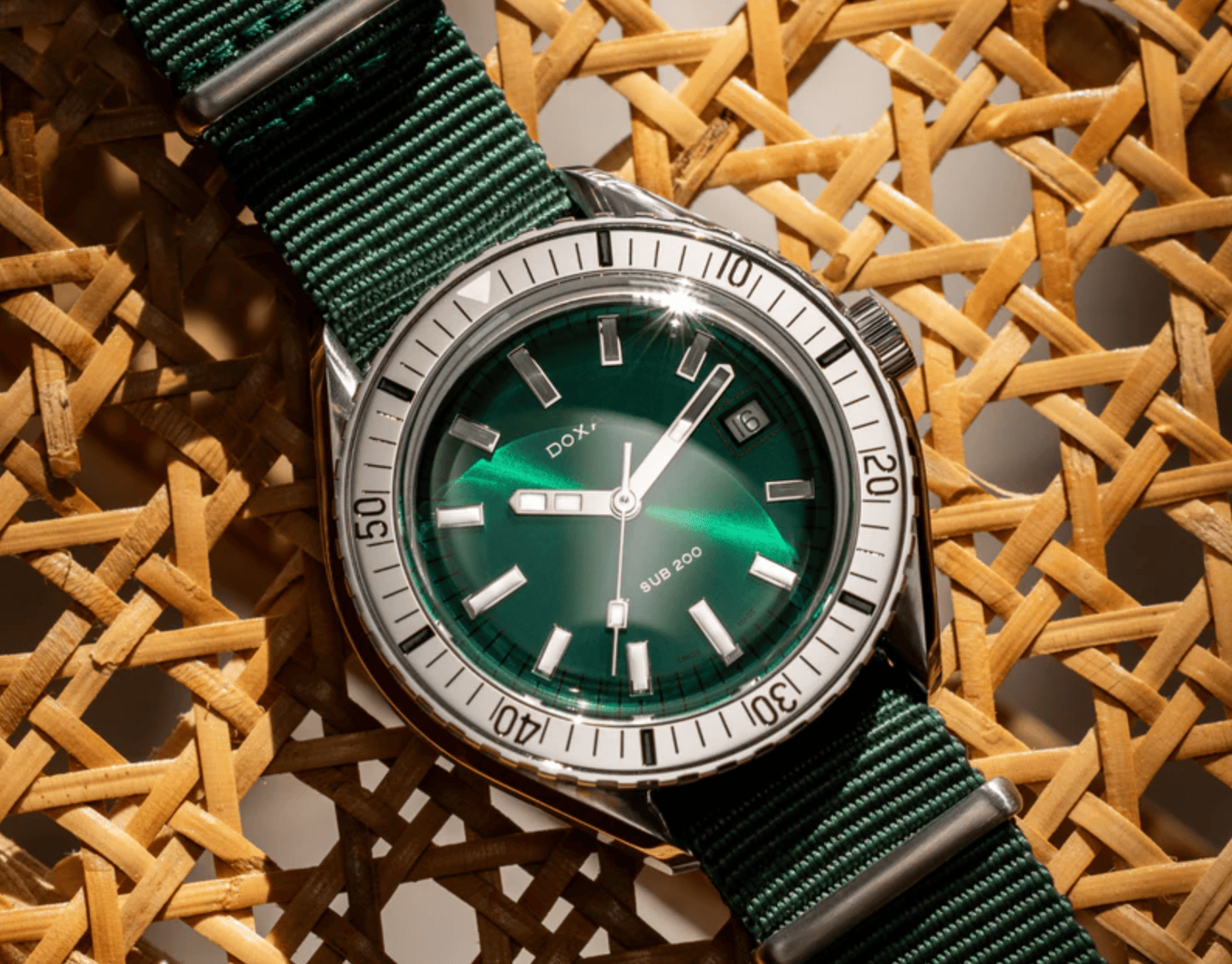
However, Doxa faced a significant downturn during the Quartz Crisis of the 1970s and 80s, which led to a prolonged period of dormancy for the brand. In 1997, the Walca Group, a family-owned company based in Bienne, acquired the rights to the Doxa name. The real revival, however, came in the early 2000s when the brand relaunched the Sub line, starting with the Doxa Sub 300T Professional, staying true to its vintage roots and design DNA. Today, Doxa thrives as a cult-favorite Swiss dive watch brand with modern collections such as Sub 200, a tribute to classic 1960s diver watches with sapphire crystal and Swiss automatic movement; Sub 300, the most faithful to the original Cousteau-era design; Sub 1500T, built for extreme depths with a 1,500-meter water resistance rating; and Sub 600T, a reissued design from the 1980s with a sharp cushion case.
Images: Courtesy Brands
